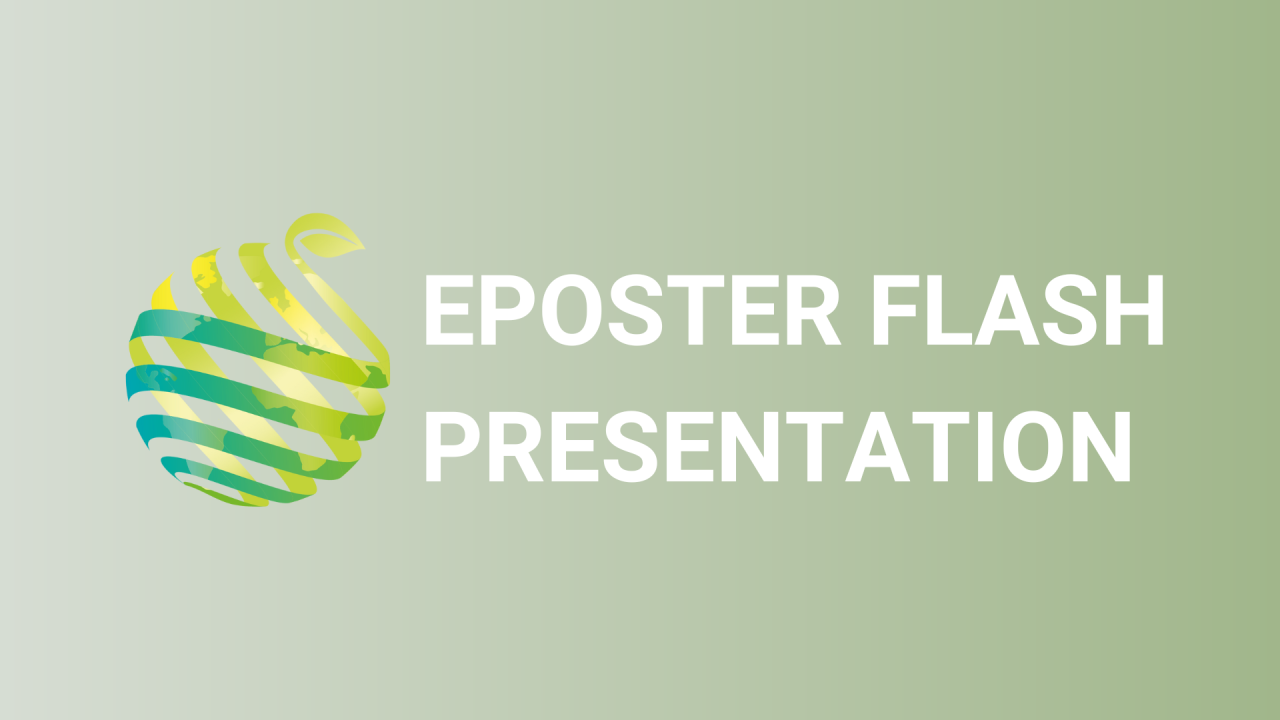

S06 - Session P15 - Effects of short-term day or night supplemental LED lighting on mineral elements in lettuce
Information
Authors: Kristina Lauzike, Ruta Sutuliene, Neringa Rasiukeviciute, Giedre Samuoliene, Alma Valiuskaite, Viktorija Vastakaite-Kairiene, Akvile Virsile, Jurga Miliauskiene, Lina Dene, Simona Chrapaciene, Ausra Brazaityte *
Mineral elements are involved in various biological processes of plants and human beings, acting as cofactors in protein synthesis, activating some enzymes, participating in chlorophyll synthesis, etc. Nowadays, light-emitting diodes (LEDs) have shown the possibility to affect the content of various phytochemicals in leafy vegetables by light management, including short-term lighting exposure. However, it still lacks information on how short pre-harvest lighting with different monochromatic LEDs light can change the content of mineral elements in such plants. Thus, the aim was to determine short-term day or night supplemental LEDs light on mineral elements content in lettuce ( Lactuca sativa L. cv. Little Gem). Plants were grown in a greenhouse under high-pressure sodium lamps (HPS) supplemented 4 h by 400-, 455-, 530-, 455+530- or 660 nm LEDs light for 5 th days before harvest. Two experiments (EXP) were performed: 1 EXP n LEDs night treatment during 22-02 h, 2 EXP n HPS and LEDs during daytime 06-10 h. The photosynthetic photon flux density (PPFD) of LEDs was 50 and the total PPFD was 200 µmol m -2 s -1 . ICP-OES method was used for the determination of mineral elements. Our results revealed the different effects of supplemental LED light applied at night and day. More evident effect of 530 nm LEDs on mineral elements was determined at night and of 400 nm during the day. However, the response to different lighting depended on mineral elements. For example, all LEDs lighting at night and day did not affect P, K, Mg, Fe, increased S, Zn, but B and Na increased only at night. Overall, these results suggest that properly chosen short-term LED lighting could be suitable for increasing mineral elements in lettuce, but further investigation is needed. Acknowledgements. This project has received funding from European Regional Development Fund (project No 2.2-LMT-K-718-03-0035) under grant agreement with the Research Council of Lithuania (LMTLT).